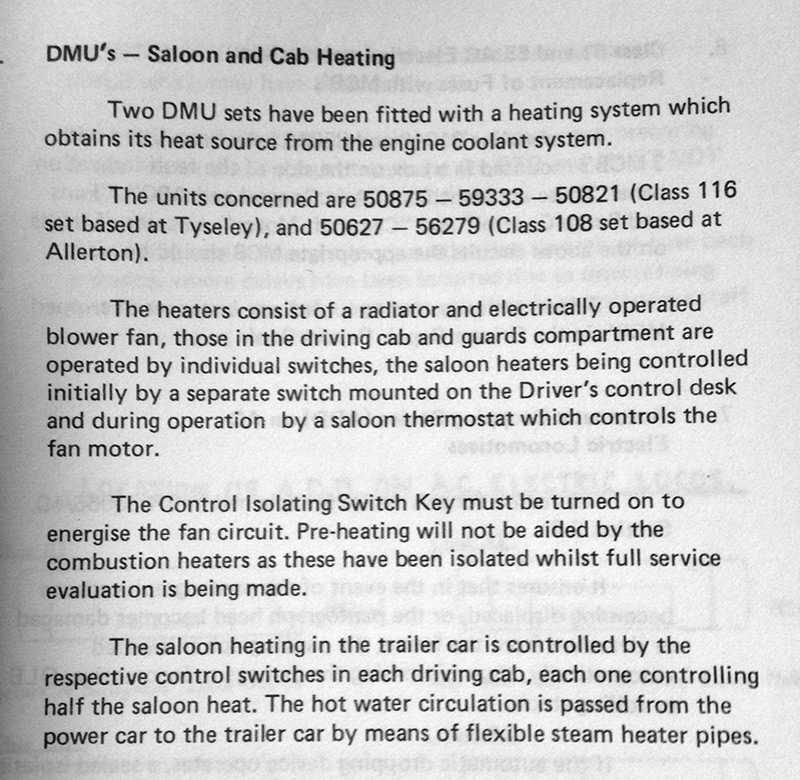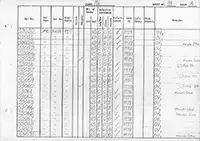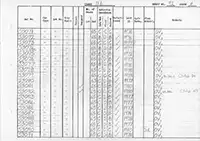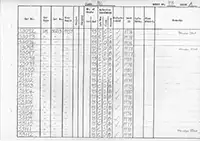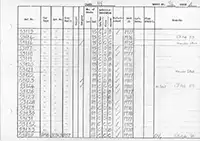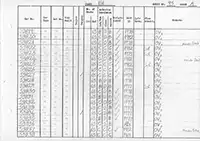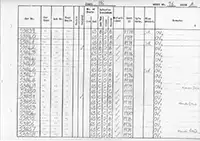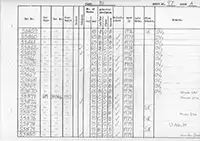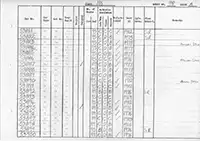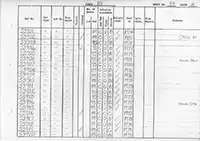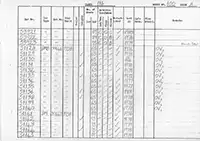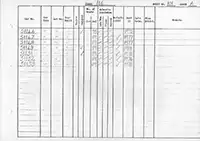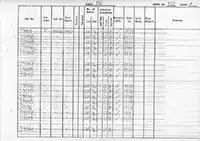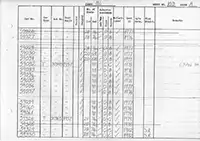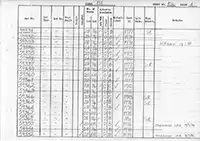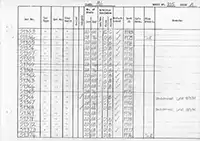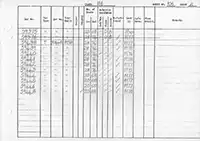Class 116 Derby 3-car Suburban DMUs
Modifications
Exhausts
These were altered from two plain pipes that ran up the inner ends and joined into one box just below roof height into two straight pipes with an additional silencer, normally during refurbishment.
Gangways
In a period from about 1968 to the early 1970s gangways were fitted to the WR sets (as well as doors through the internal partitions where required). It is almost certain that the vehicles were painted into blue at the same time.
The Tyseley based sets were generally not gangwayed until the withdrawal of the older asbestos contaminated TC vehicles in 1982/3 when these 127 (and 101) trailers were substituted.
In August 1983 a modification programme began on twenty pairs of Tyseley’s 116s, to add the gangways. This was due to a requirement for more through gangwayed sets for the increasing number of paytrain services. The work was being done at Carlisle Currock C&W repair shops, and involved cutting a gangway aperture in the car ends, after removing the interior against it, moving a piece of ‘H’ section framing to above the hole, fitting newly made gangway hanger brackets, and gangway connections and doors recovered from withdrawn Class 120 trailers. The image here of 59032 shows the gangway.

The DMBS already had access through the interior partitions but the DMS had to have doors made in their two bulkheads. Although intended to work with Class 127 trailers displaced from Bedpan services, the first four pairs were back in traffic in late Nov. ‘83 with redundant ER 101 trailers.
These were:
TS 602 51133 59533 51146
TS 604 51129 59570 51142
TS 605 53851 59527 53904
TS 607 53862 59107 53872
The next sets were being converted at the end of 11/83, being TS 520 (53827 & 53880), and 51131 & 51134, as well as the first 127 trailers.
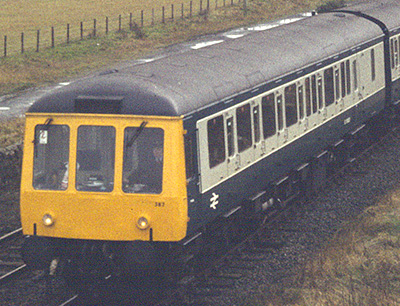
Roof ventilators
In 1982 Scottish set 387 had all the original shell type ventilators removed from the roof and these were plated over, and two flat airvac type ventilators were added to each vehicle, one at each end.
Other vehicles, but not all, would have the same work done.
Heating
Here are details of one of the many other modifications made to the class, detailed in a LMR Traction Bulletin (Issue 34 - September 1982)
Asbestos
The first two batches were built with blue asbestos insulation in the cabs and saloon walls and ceiling. The pages below are from a vehicle log kept by the RTC at Derby dated circa 1984 which included the asbestos status for each vehicle.
The codes for the asbestos columns are: B - blue asbestos; D - Durasteel Sheet; C - Blue Asbestos / Durasteel Sheet removed; / not built with blue asbestos. In the remarks column OV means open van (no cage).
Summary
Description
Modifications
Works Photographs
Diagrams
Numbering
Drivers Instructions
Liveries
Operations
- South Wales
- Scotland
Accidents
Railair Express Parcels set
Parcel Use
Refurbishment
Hybrids
Decline
Departmental Use
Images
Details about preserved Class 116s can be found here.
Thanks to Mac Winfield, Ian Fleming and John Thomlinson for much of the information on this Class.



